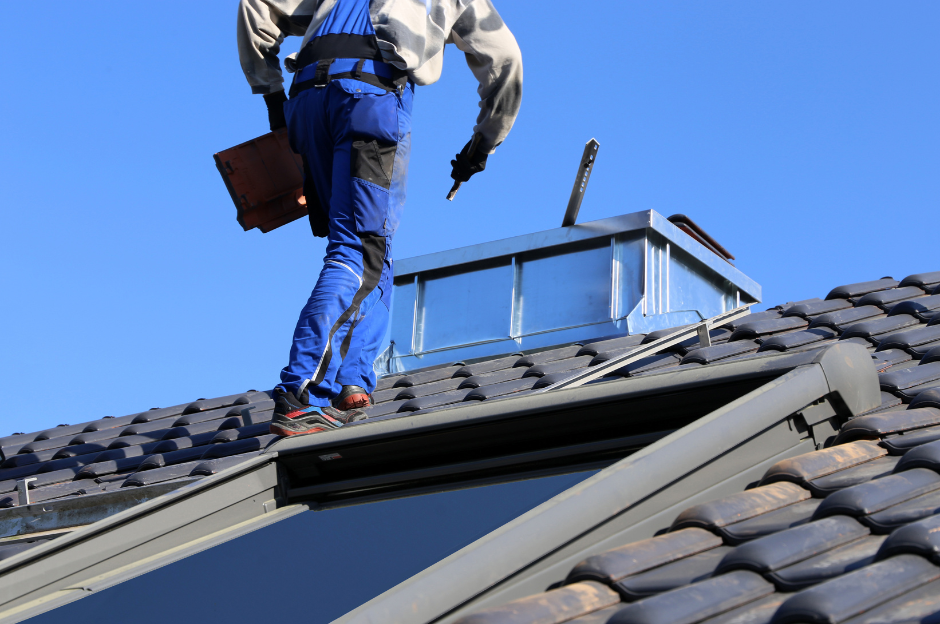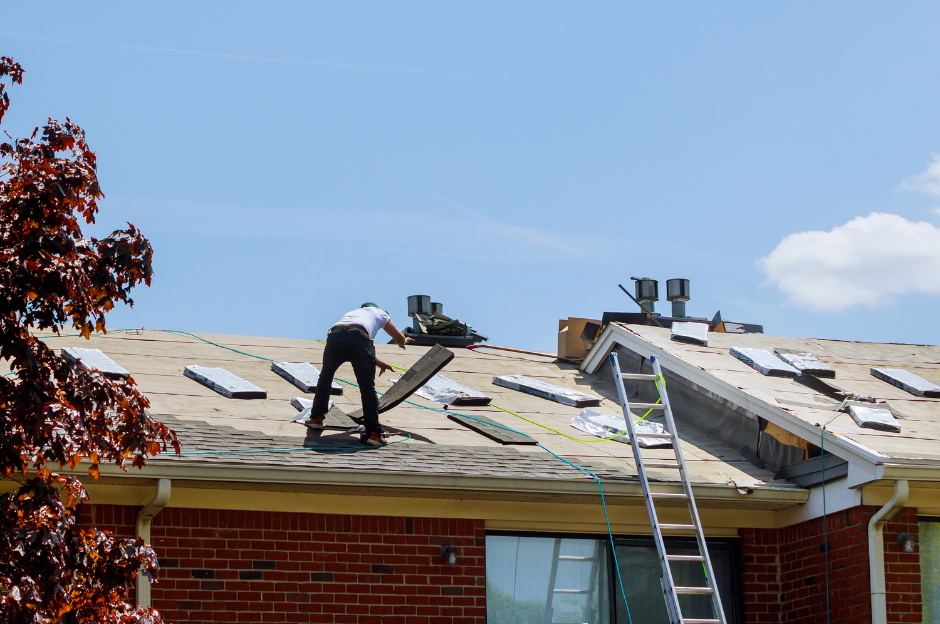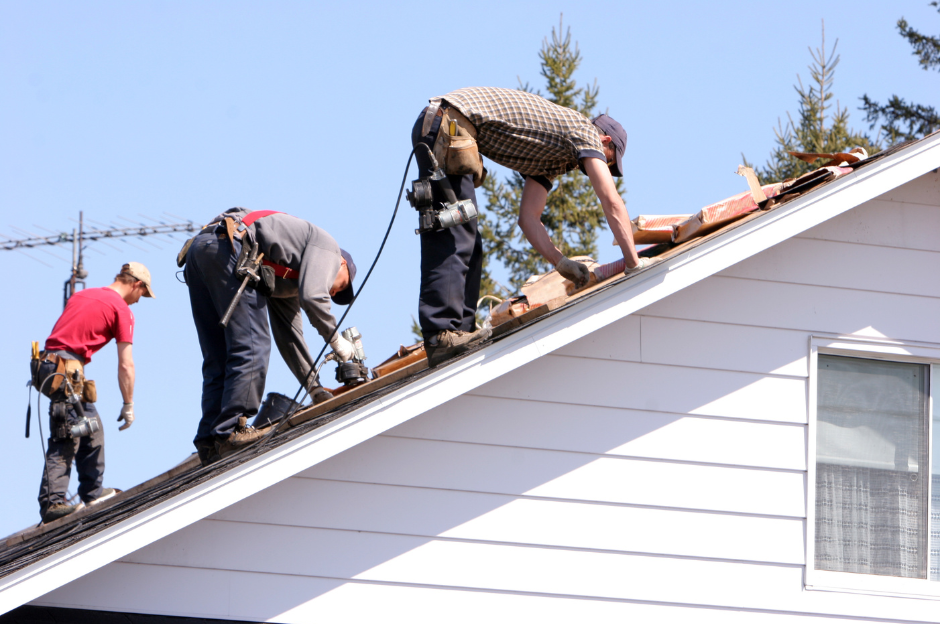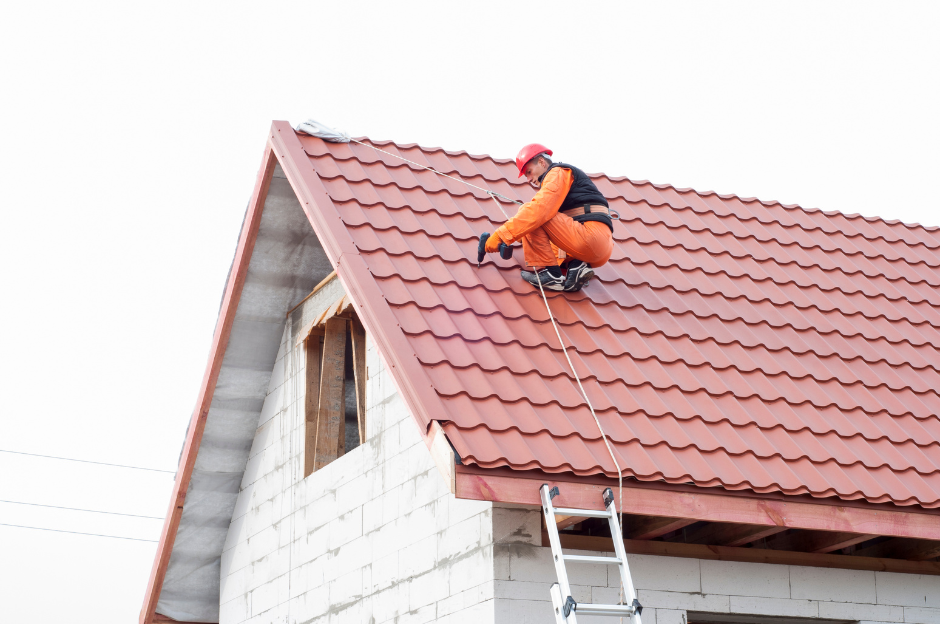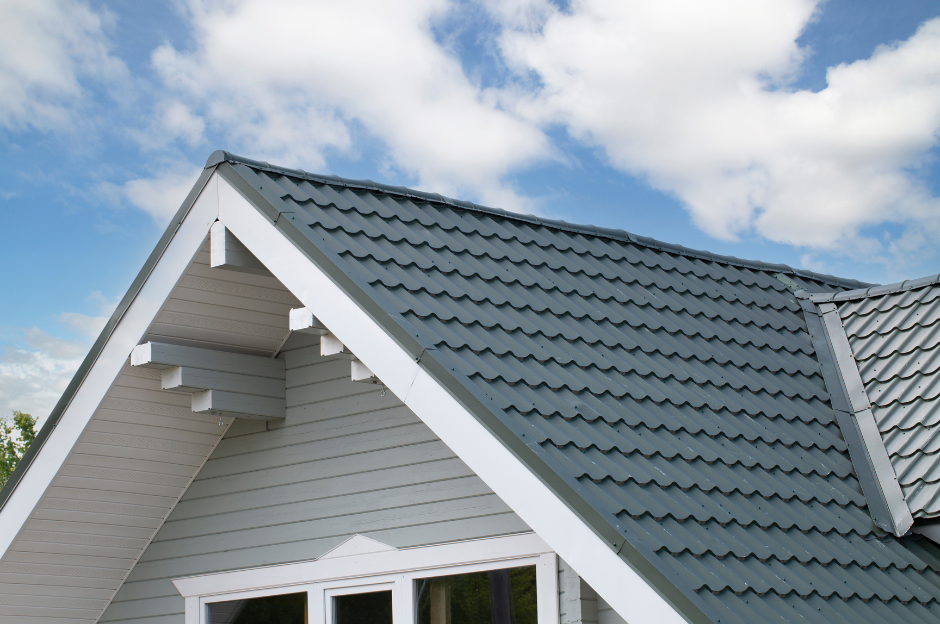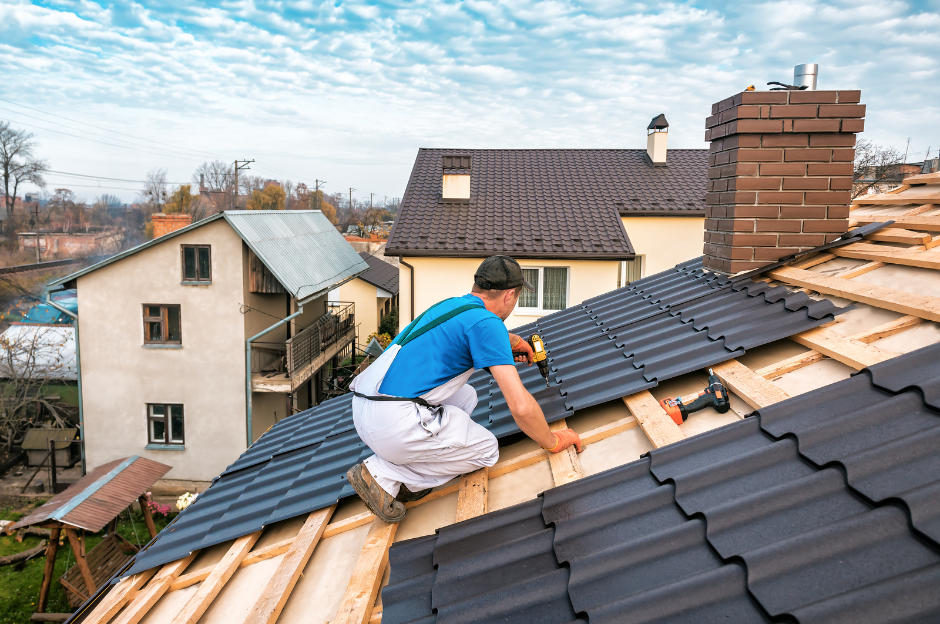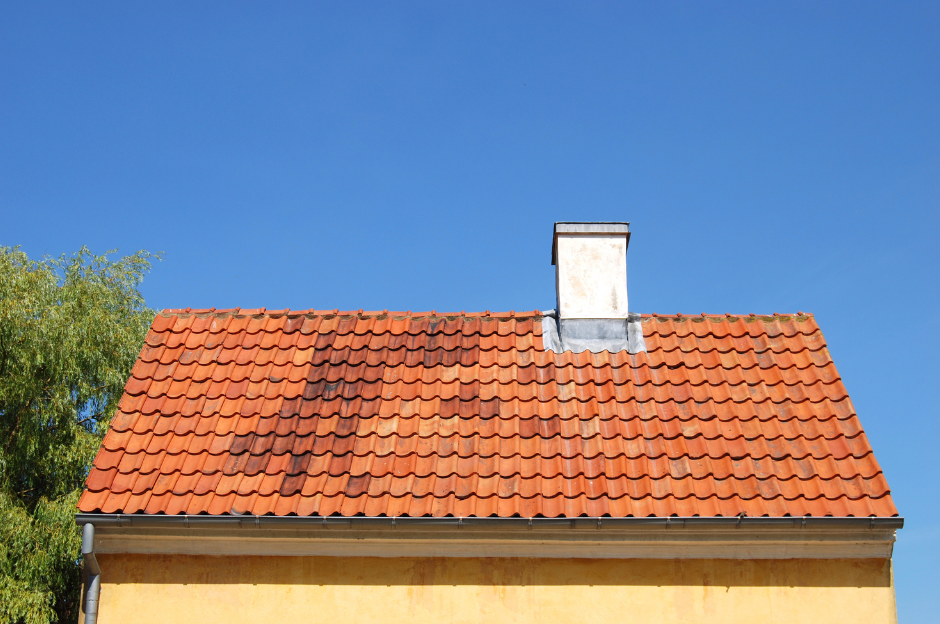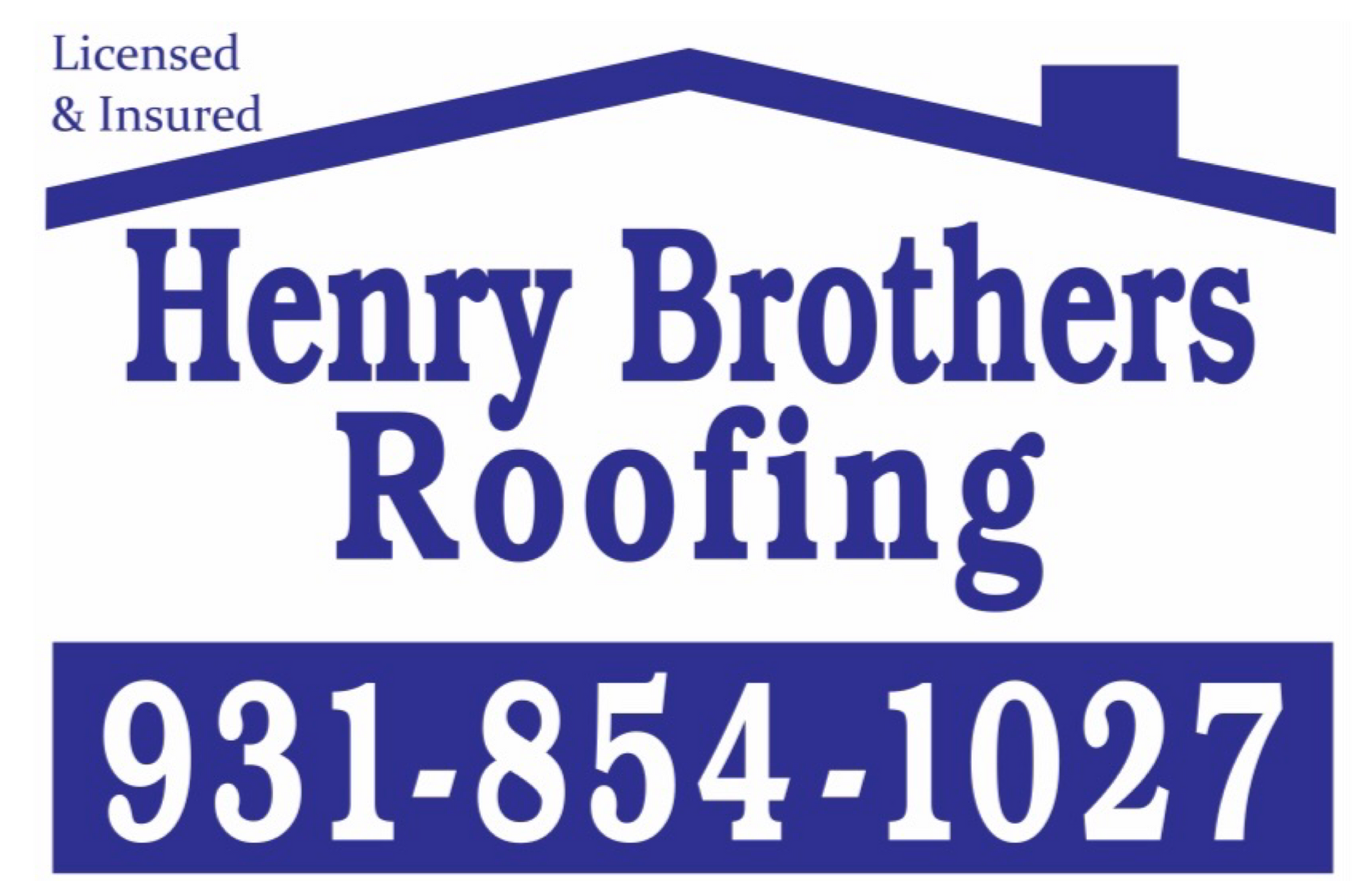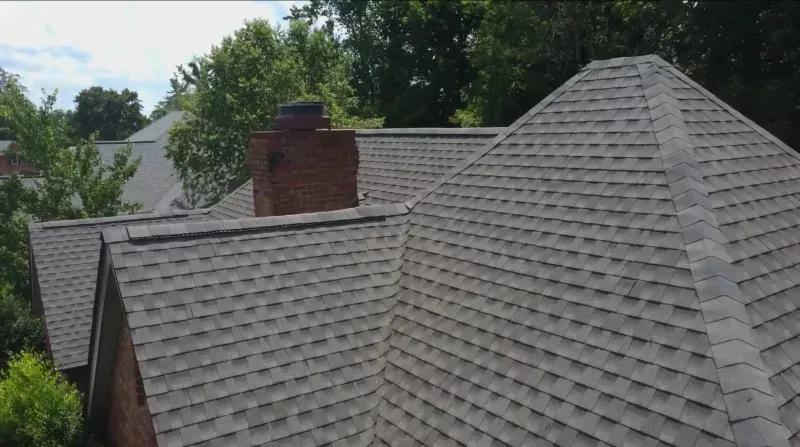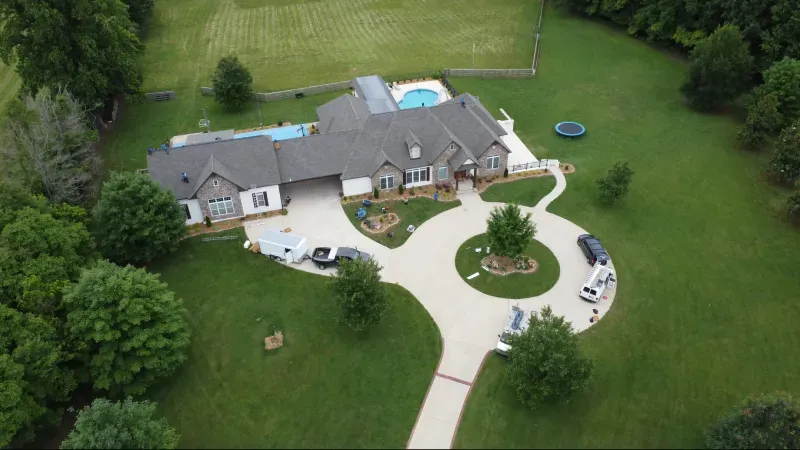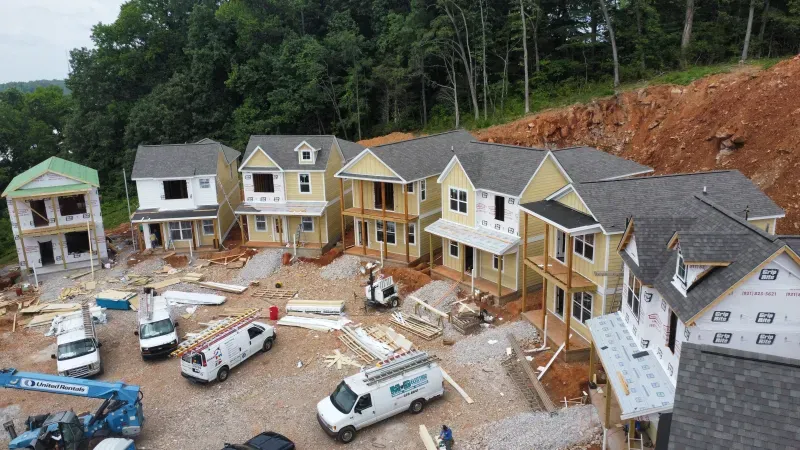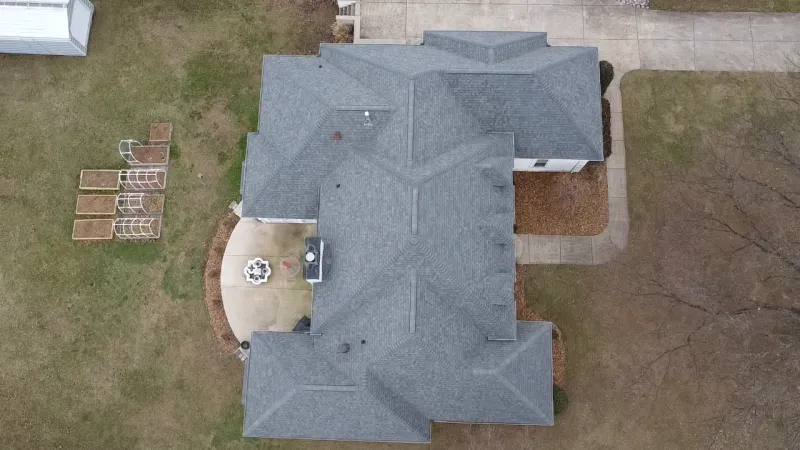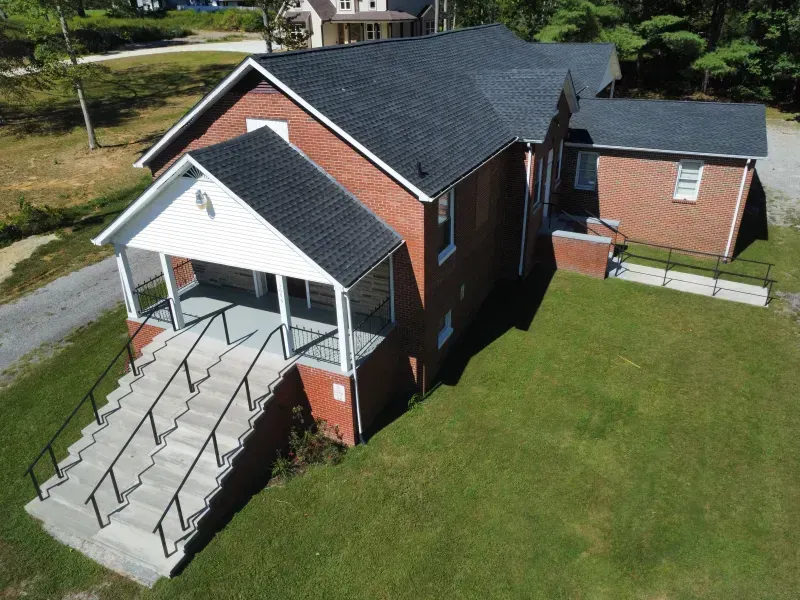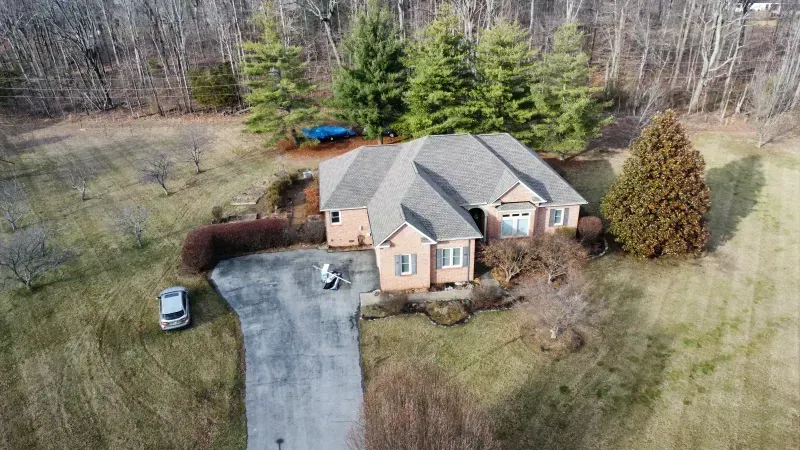November 25, 2024
When it comes to building or renovating a home, one of the most crucial decisions you’ll make is choosing the right roofing material. A roof is not just a protective covering for your home but an essential element that impacts the overall aesthetic, durability, and energy efficiency of your property. With numerous roofing materials available today, selecting the best option for your needs can be overwhelming. This blog post will compare various roofing materials, discuss their pros and cons, and provide guidance on how to choose the right roofing solution for your home. Why the Right Roofing Material Matters The material you choose for your roof can influence your home in several ways: Durability: A roof is designed to protect your home from the elements. Whether it’s rain, snow, wind, or extreme sun, the material you select should be able to withstand local weather conditions. Aesthetic Appeal: Your roof is one of the most visible parts of your home’s exterior. The right material can enhance curb appeal, adding value to your property. Energy Efficiency: Certain roofing materials can help insulate your home better, keeping it cooler in summer and warmer in winter, reducing energy consumption and lowering utility bills. Cost: Roofing materials come in a wide range of price points. Some may have a higher upfront cost but save money in the long run due to their longevity, while others may be more affordable initially but require more frequent maintenance or replacement. Maintenance: Different roofing materials have varying levels of maintenance needs. Some may need frequent repairs or cleaning, while others can go for years without much attention. Let’s explore some of the most popular roofing materials, comparing their features, advantages, and drawbacks. 1. Asphalt Shingles Asphalt shingles are one of the most common roofing materials in the United States, known for their affordability and ease of installation. They are made from a fiberglass mat coated with asphalt and granules, offering a reliable roofing solution for most homes. Pros: Affordable: Asphalt shingles are one of the least expensive roofing materials available, making them a popular choice for budget-conscious homeowners. Variety: They come in a wide range of colors, styles, and textures to match different home aesthetics. Ease of Installation: Asphalt shingles are relatively easy to install, reducing labor costs. Durability: When properly installed and maintained, asphalt shingles can last 20 to 30 years. Cons: Shorter Lifespan: While they can last for decades, asphalt shingles generally have a shorter lifespan than some premium materials like metal or slate. Vulnerable to Weather: Extreme weather conditions, such as hail, strong winds, or ice, can damage asphalt shingles. Not Environmentally Friendly: Asphalt shingles are petroleum-based and may not be the most eco-friendly option, although some recyclable options are available. Best For: Homeowners looking for an affordable, practical solution for moderate climates. 2. Metal Roofing Metal roofing is gaining popularity due to its longevity, strength, and energy efficiency. Made from materials such as aluminum, steel, copper, or zinc, metal roofs are a durable and low-maintenance option for residential homes. Pros: Long Lifespan: Metal roofs can last 40 to 70 years, depending on the material used. This makes them an excellent long-term investment. Weather Resistant: Metal roofs are highly resistant to extreme weather conditions, including heavy rain, snow, hail, and high winds. They are also fire-resistant. Energy Efficient: Metal roofs reflect solar heat, which can reduce cooling costs by up to 25% in hot climates. Low Maintenance: Metal roofs require minimal maintenance, and they are resistant to rot, mildew, and insect infestations. Cons: Cost: Metal roofing is more expensive than asphalt shingles, both in terms of material and installation. However, the cost can be offset by its longevity and energy savings. Noise: Metal roofs can be noisy during heavy rain or hail unless they are installed with insulation or a solid deck underneath. Denting: While metal roofs are generally durable, they can dent if struck by large hail or falling debris, depending on the type of metal. Best For: Homeowners in areas with harsh weather conditions who want a long-lasting, energy-efficient roof. 3. Clay and Concrete Tiles Clay and concrete tiles are often associated with Mediterranean, Spanish, and Southwestern-style homes. These tiles are durable, heavy, and known for their aesthetic appeal. Pros: Durability: Clay and concrete tiles can last 50 years or more with minimal maintenance. Fire-Resistant: These tiles are highly resistant to fire, which can provide peace of mind in fire-prone areas. Energy Efficiency: Clay and concrete tiles have excellent thermal properties, helping to maintain indoor temperatures and reduce energy costs. Aesthetic Appeal: These tiles come in various colors and styles, adding an elegant, distinctive look to homes. Cons: Heavy: Clay and concrete tiles are much heavier than other roofing materials, requiring a reinforced roof structure to support the weight. Cost: They are expensive, both in terms of materials and installation. However, their longevity can make them cost-effective in the long run. Fragility: While durable, these tiles can crack or break if walked on or subjected to heavy impact. Best For: Homeowners seeking a classic, Mediterranean look who live in dry, warm climates. 4. Slate Roofing Slate is a natural stone material known for its beauty, durability, and exceptional longevity. It’s often considered one of the most premium roofing materials available. Pros: Extremely Durable: Slate roofs can last over 100 years with proper care and maintenance. Aesthetic Value: Slate has a unique, elegant appearance that can enhance a home’s curb appeal, making it an attractive option for high-end properties. Fire-Resistant: Slate is non-combustible, making it a fireproof roofing option. Low Maintenance: Slate roofs require little maintenance compared to other roofing materials. Cons: Cost: Slate is one of the most expensive roofing materials, both in terms of the material and installation costs. Heavy: Like clay and concrete tiles, slate is heavy and requires a reinforced roof structure. Fragility: Slate can break or chip if walked on or impacted by debris, making installation and maintenance more challenging. Best For: Homeowners with high-end properties who desire a long-lasting, luxurious roof and can handle the higher upfront cost. 5. Wood Shingles and Shakes Wood roofing materials, primarily made from cedar, are popular for their rustic appeal and natural look. Wood shingles are machine-cut and uniform, while shakes are hand-split and more textured. Pros: Aesthetic Appeal: Wood shingles and shakes provide a warm, natural appearance that can complement certain home styles, particularly cottages and cabins. Insulation: Wood has natural insulating properties that help keep homes cooler in summer and warmer in winter. Sustainability: Wood is a renewable resource, making it a more environmentally friendly option compared to asphalt or metal. Cons: Maintenance: Wood roofing requires regular maintenance, including cleaning and sealing to prevent mold, mildew, and rot. Fire Risk: Wood is flammable, although treatments are available to make it more fire-resistant. Shorter Lifespan: Wood roofs generally last 20 to 40 years, depending on the quality of the wood and the level of maintenance. Best For: Homeowners who want a rustic, natural aesthetic and are willing to invest in maintenance to keep the roof in good condition. 6. Synthetic Roofing Materials Synthetic roofing materials are man-made alternatives to traditional options like wood, slate, and tile. These materials mimic the appearance of natural materials while offering some benefits of modern technology. Pros: Lightweight: Synthetic materials are typically much lighter than natural stone, clay, or wood, making them easier to install and less likely to require additional structural support. Durability: Many synthetic roofing materials are designed to be highly durable, often lasting 30 to 50 years. Variety: Synthetic roofing products come in a variety of styles and colors, allowing homeowners to choose a look that matches their home’s aesthetic. Cost-Effective: Synthetic roofing can be more affordable than natural materials, with fewer maintenance needs and a lower installation cost. Cons: Newer Technology: While synthetic materials have gained popularity, they may not have the same track record of reliability as more traditional options. Appearance: Some homeowners may not find synthetic materials as aesthetically pleasing as the real thing, especially when trying to replicate the look of slate or wood. Best For: Homeowners who want the appearance of natural materials but are looking for a more affordable, low-maintenance solution.




